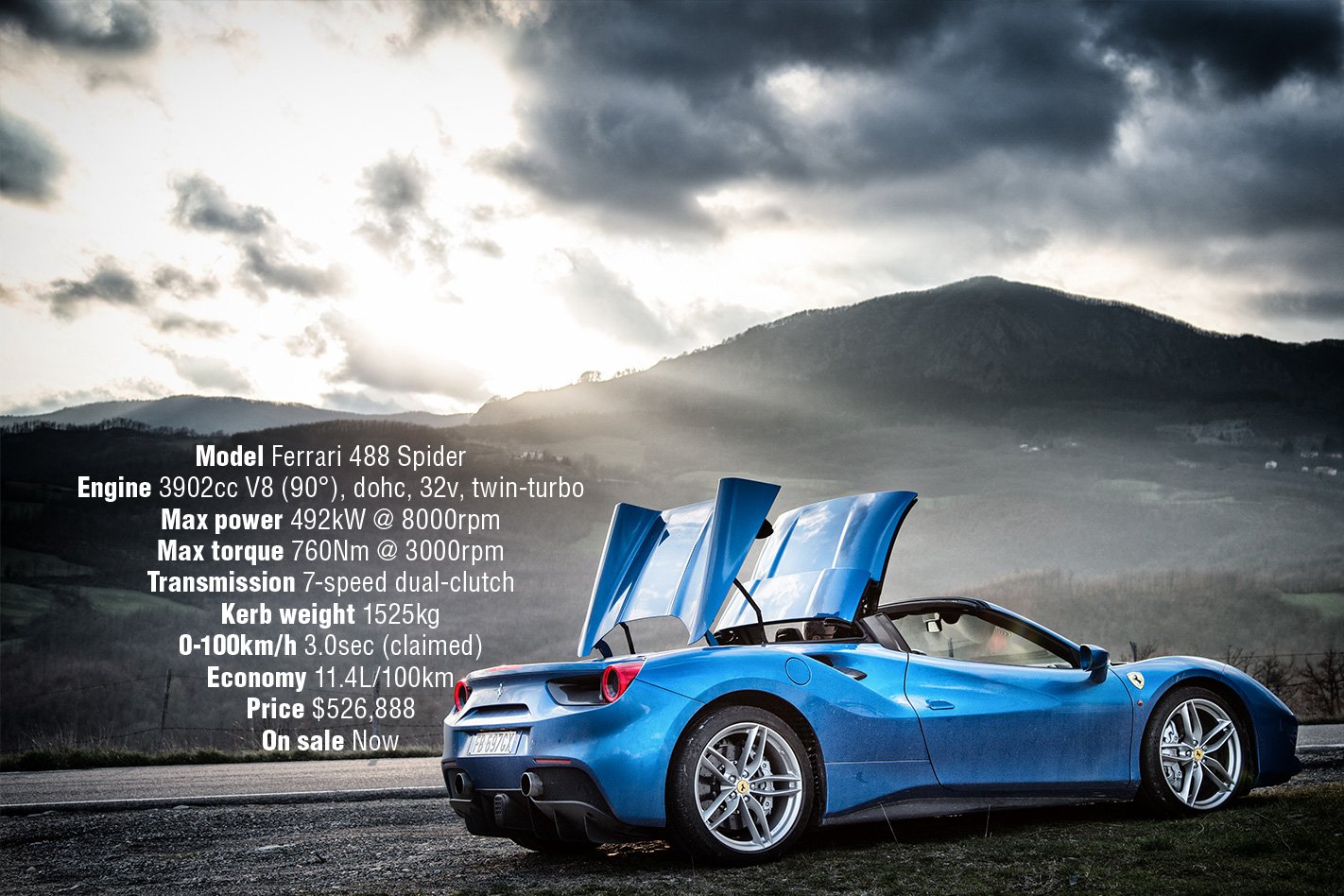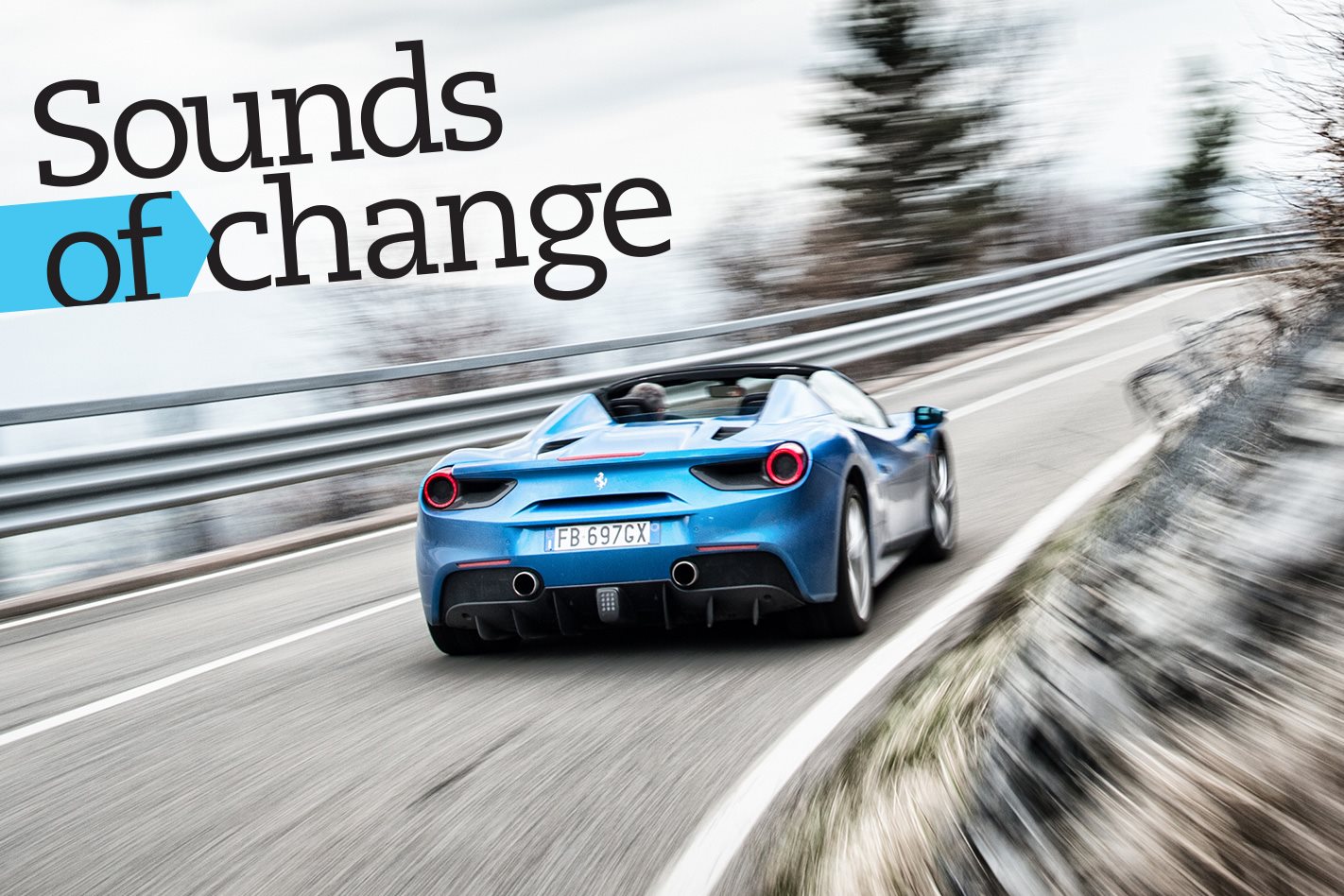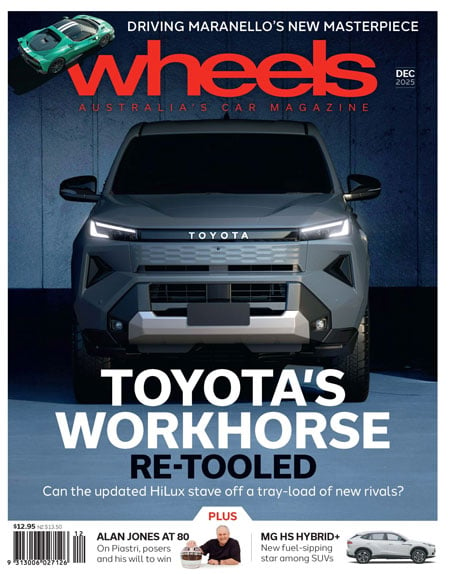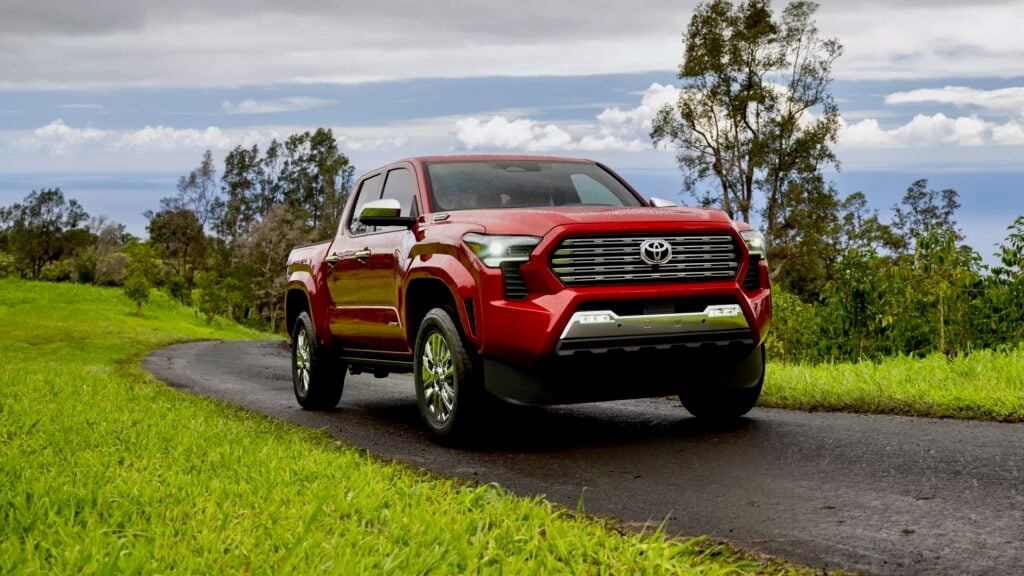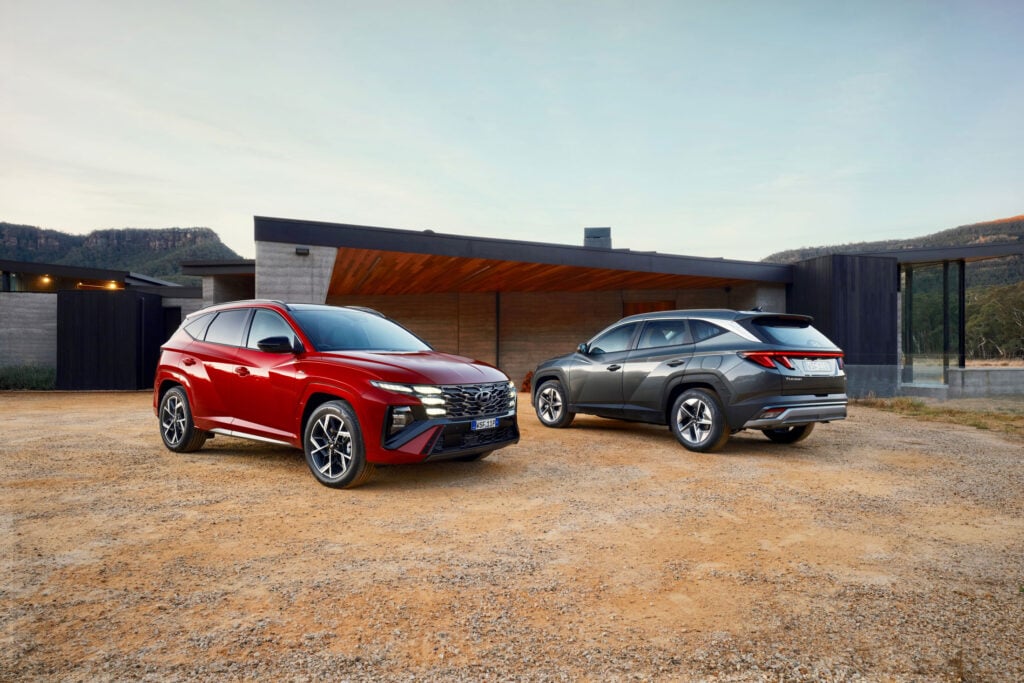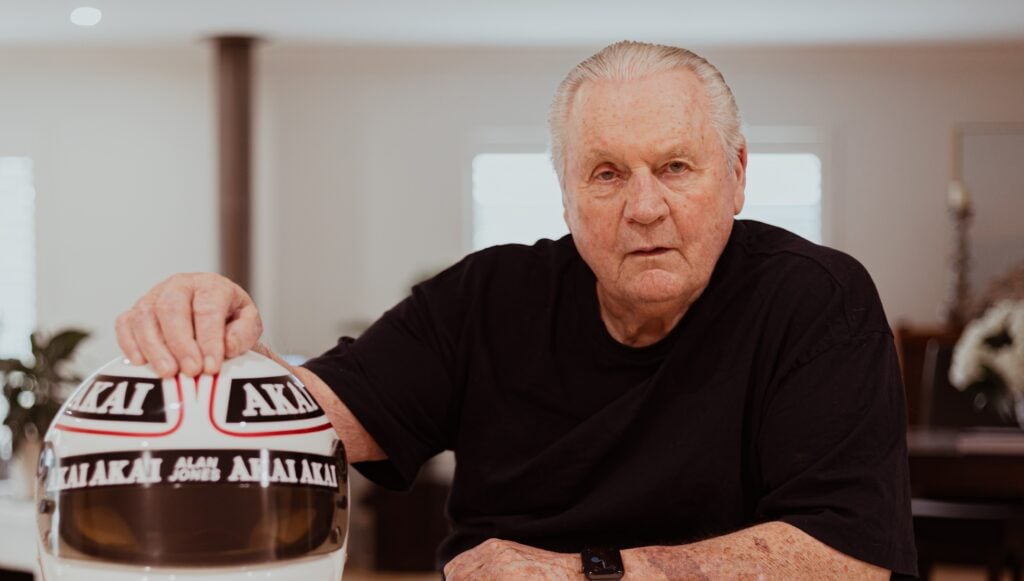FROM up here you can see the Autodromo del Mugello. This modern racetrack lies like some brilliantly realistic Scalextric set in the green Tuscan countryside below.
Stop, listen carefully, and you’ll even hear the distant rasp of the Formula Abarth open-wheelers practising there. But right now isn’t the time for soaking up scenery and sounds.
Behind me, the engine barks three times. Once for each downshift, braking hard for the approaching tight right. And then there’s a rising yowl as the 3.9-litre twin-turbo V8 thrusts the Ferrari 488 Spider towards the next corner… and deeper into the web of history.
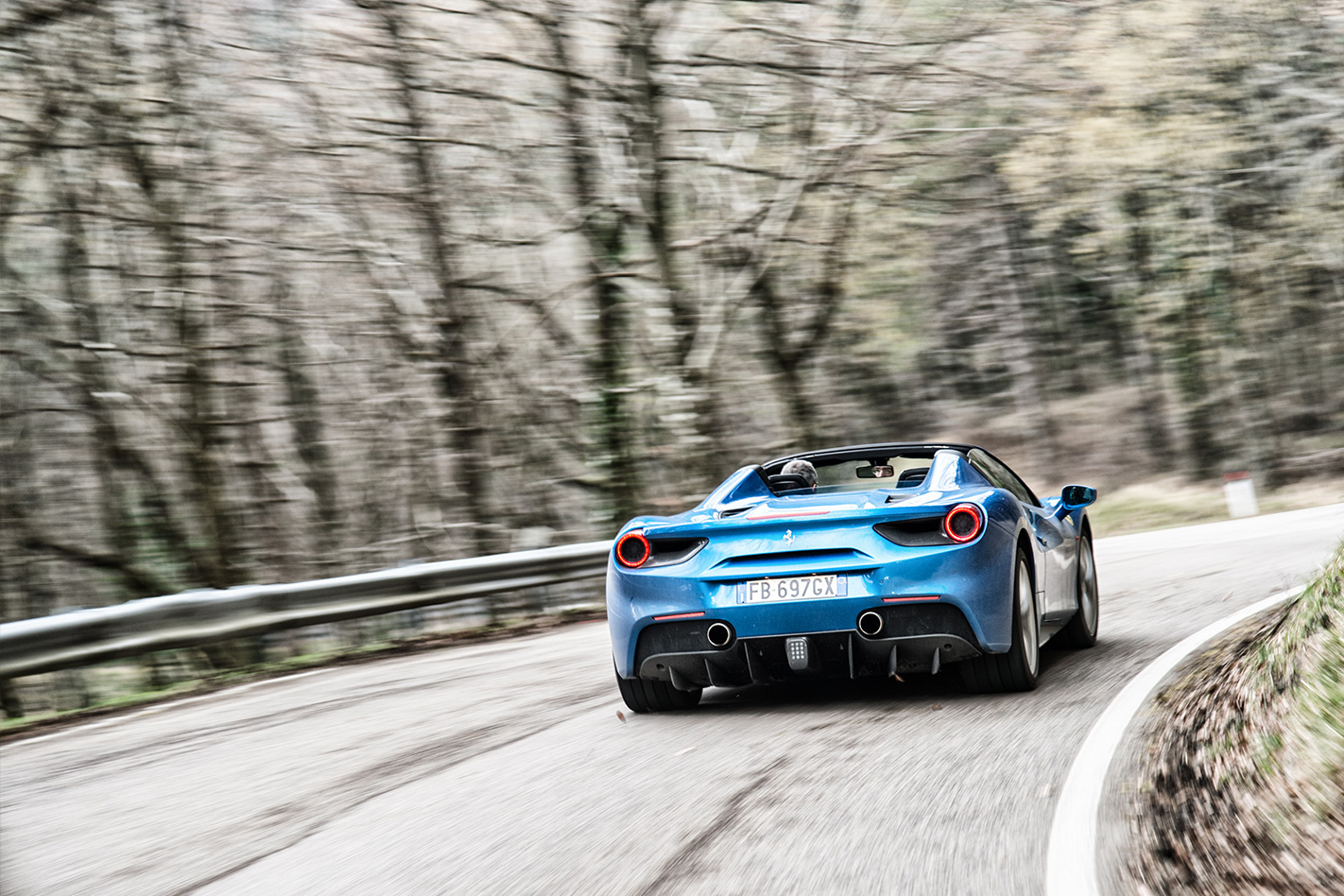
Enzo Ferrari himself knew it well. Some of the photographs of him behind the huge, wood-rimmed steering wheels of the cars he raced are from Mugello. Here’s a big-eyed, dark-haired young man from Modena with a broad smile and a taste for speed. There’s no hint of the imposing legend he was to become half a century later, calculating and inscrutable behind the permanent sunglasses.
Young Enzo was ambitious and persistent. Between 1920 and 1929 he competed six times on the Circuito del Mugello. The first time in a racer made in Milan by Isotta-Fraschini, the remainder in a variety of Alfa Romeo racers and sports cars. His best result was a second place in 1921, but mostly – three times – he failed to finish.
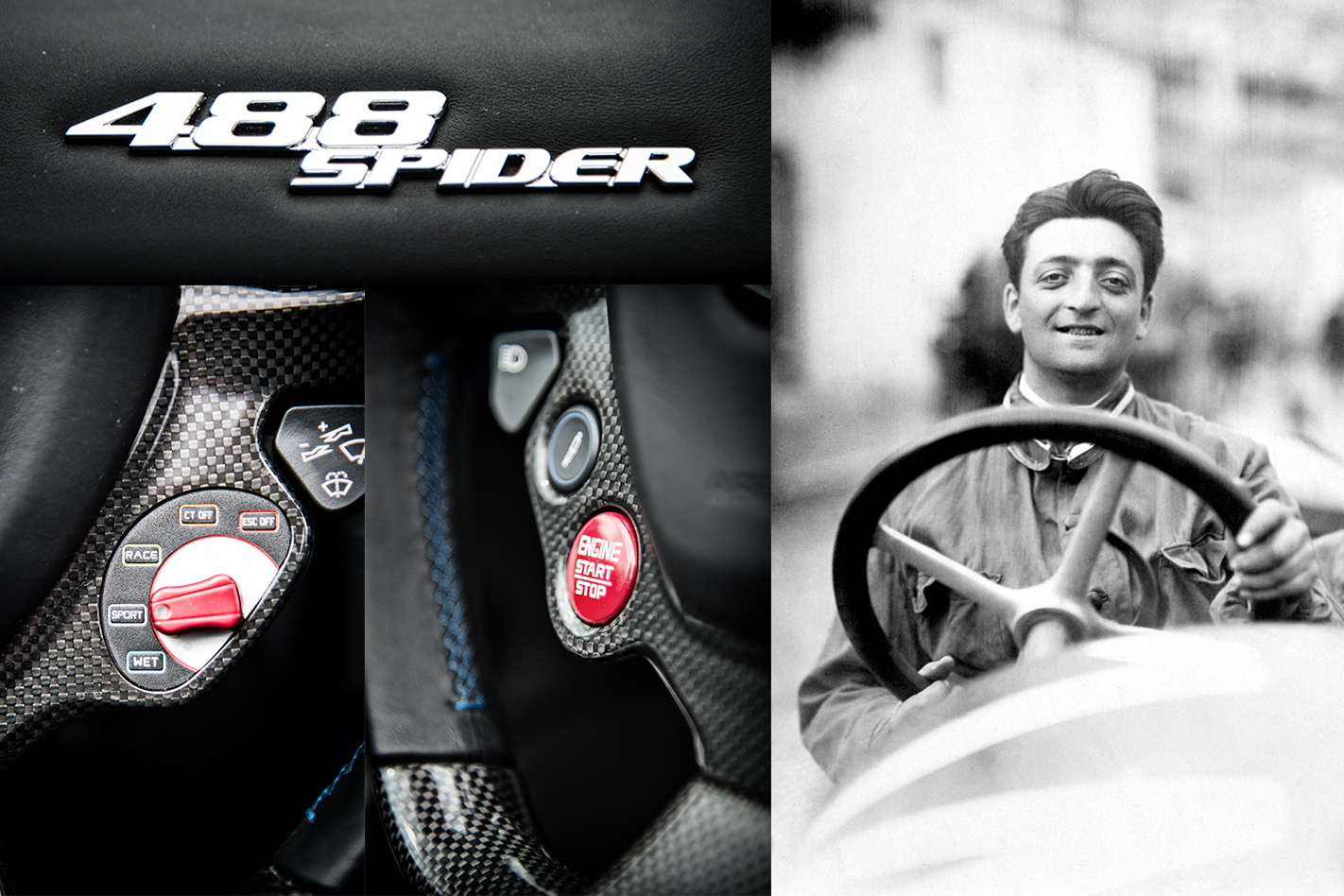
What is certain is that the 488 Spider is more powerful than all the cars Enzo Ferrari raced here combined. Its 492kW engine is a member of Ferrari’s newest V8 family, specifically developed for the new 488 GTB coupe and Spider. It’s the biggest and most powerful of the Tipo 154 family. So far…
WHAT an engine! Climbing the Giogo Pass, the 488 Spider accelerates like it’s driving downhill on a planet with vastly greater gravitational pull than our Earth. It’s truly other-worldly. What’s so queer is that the bulk-delivery low-end torque is clearly the work of turbochargers, while the precision of throttle response and manic rev-happiness feel more like a pedigree atmo engine.
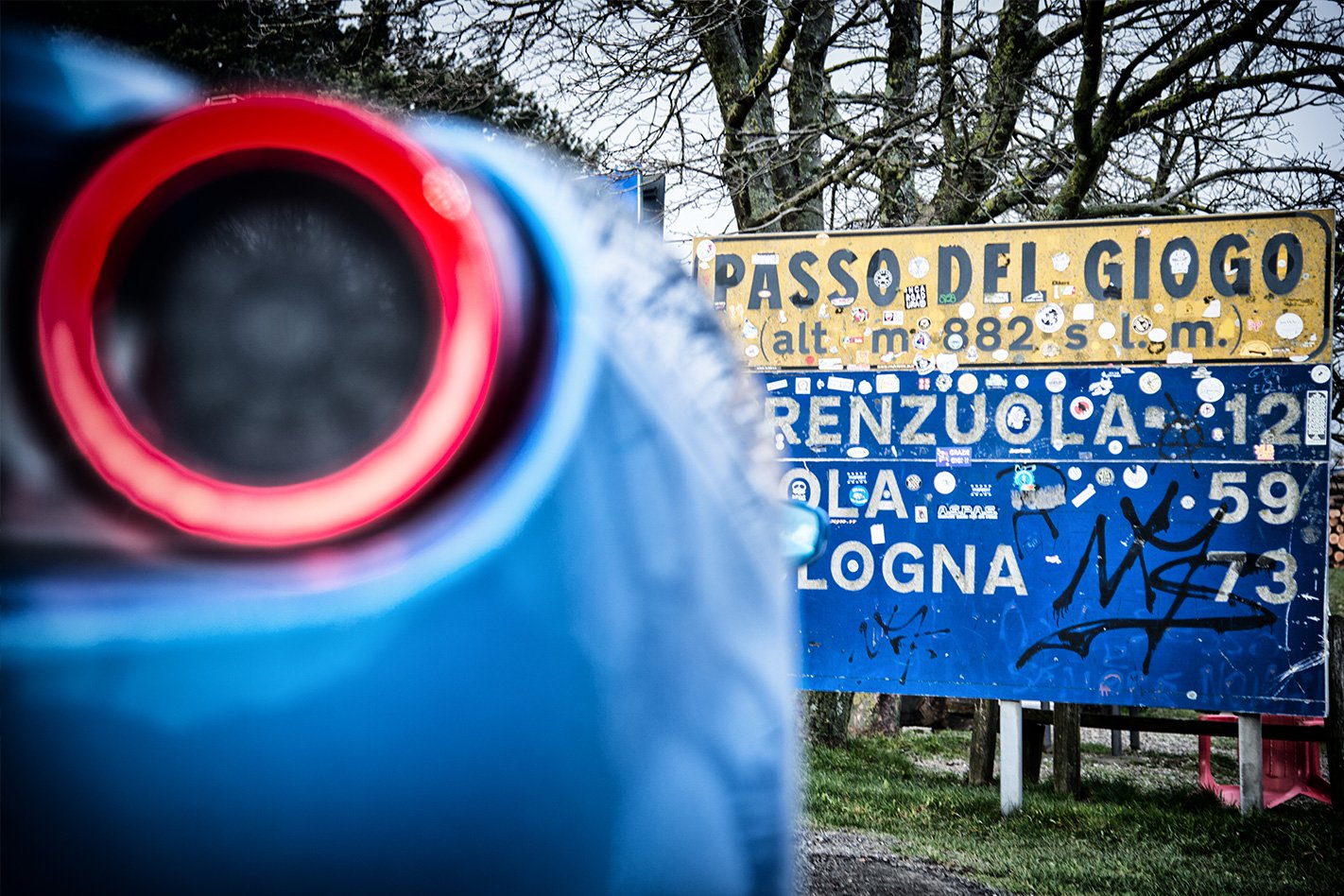
From here the V8 can raise its voice for the downhill run to Firenzuola, one of the three larger towns on the Circuito del Mugello.
With the needle of the big tachometer pointing to the top half of the 8000rpm dial, the engine sounds magnificent, but muted. No need to lower the Spider’s fast-acting retractable hardtop to increase the volume. There’s a button between the seats to drop the glass that’s wind-blocker or window, depending on whether the roof is up or down.
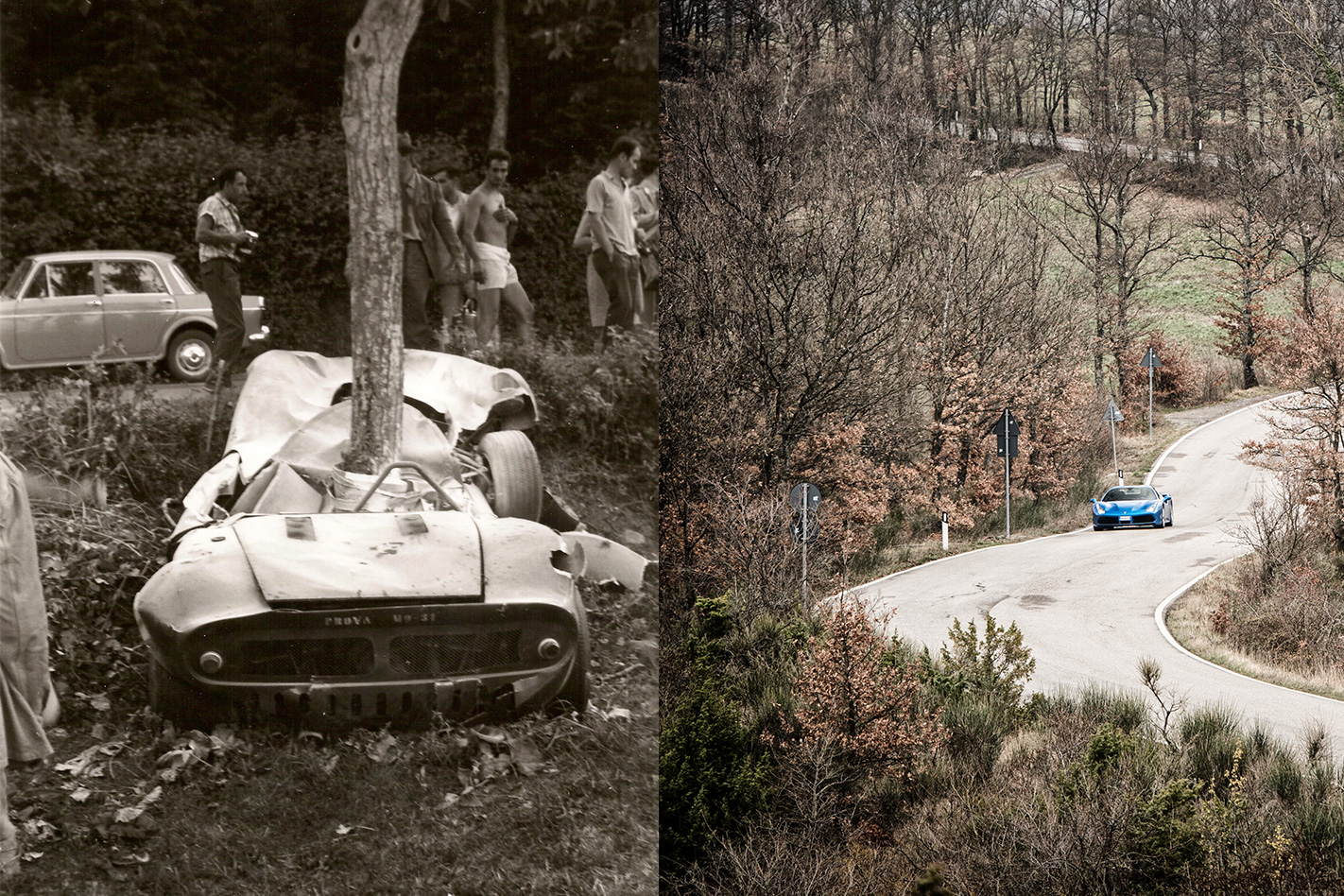
Dino is a name inextricably entwined with Ferrari’s gradual embrace of V8 engines for its road cars. It was the nickname of Enzo’s only legitimate son, Alfredo, a mechanical engineer who died tragically young in 1956 from muscular dystrophy. He’d been arguing the case for a V6 race engine until the last days of his short life.
In his memory, Enzo bestowed the Dino name to the various V6 and V8 race engines Ferrari developed in the late ’50s and early ’60s. They went into Formula One cars and other open-wheelers, then a series of mid-engined sports-prototypes that included the 206 SP.
Finally, and most famously, the Dino label was given to the lovely V6-powered mid-engine two-seat road car launched in 1968. Its replacement, the 1973 Dino 308, became Ferrari’s first V8 road car (until May 1976 it wore Dino badges). This same basic engine line would remain the basis of Maranello’s roadgoing V8s until 2004.
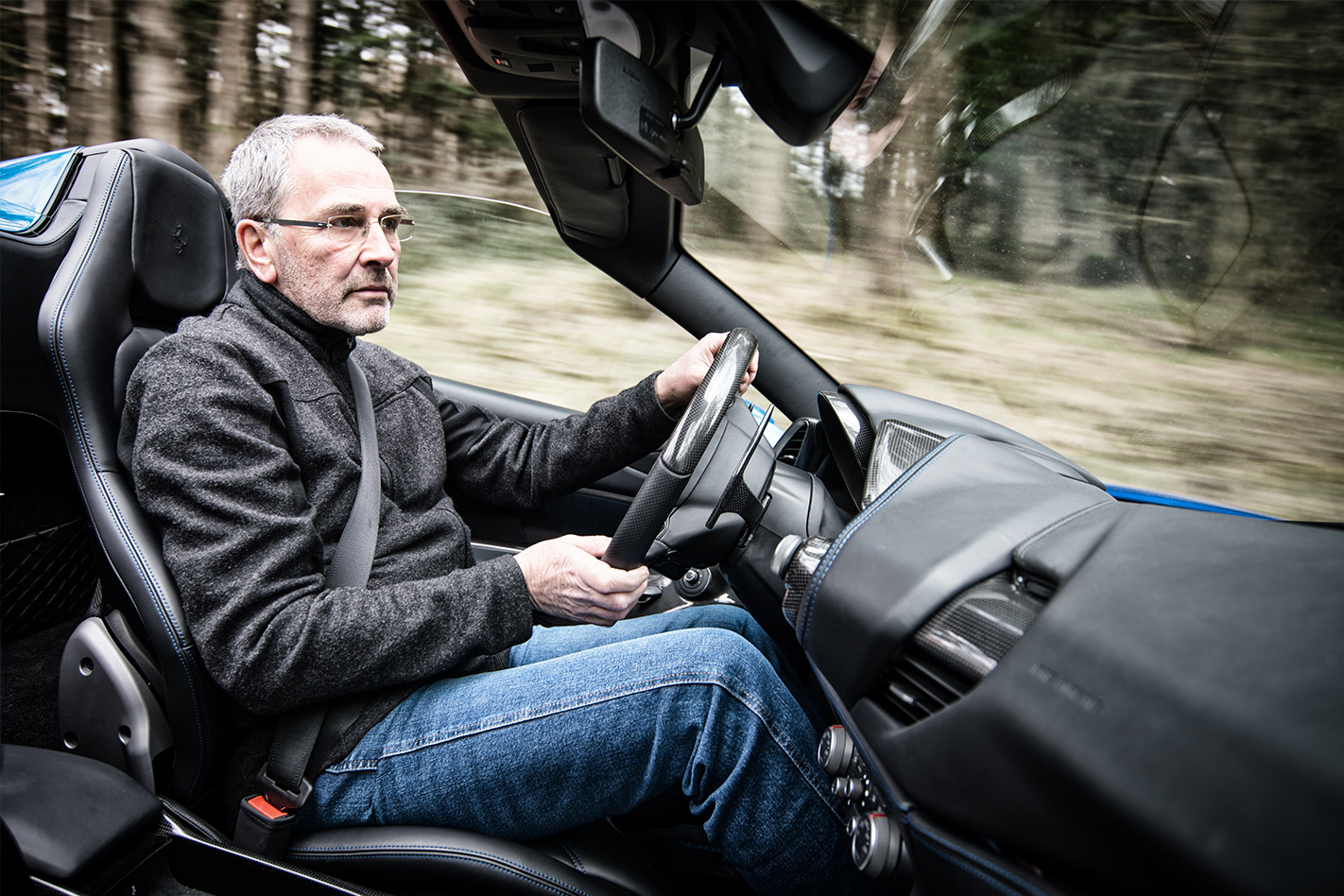
The yawning difference between then and now isn’t because the 488 Spider is more than three times as powerful and twice the weight of a 206 SP. No, the big thing is that a modern Ferrari has an electronic safety net to preserve its driver from mortal danger.
What the tangle of interconnected alphanumerics – E-Diff3, F1-Trac, SSC and more – mean, in language anyone can understand, is that the 488 Spider has really approachable limits. It’s like meeting an adored idol and finding out they’re not scarily snooty.
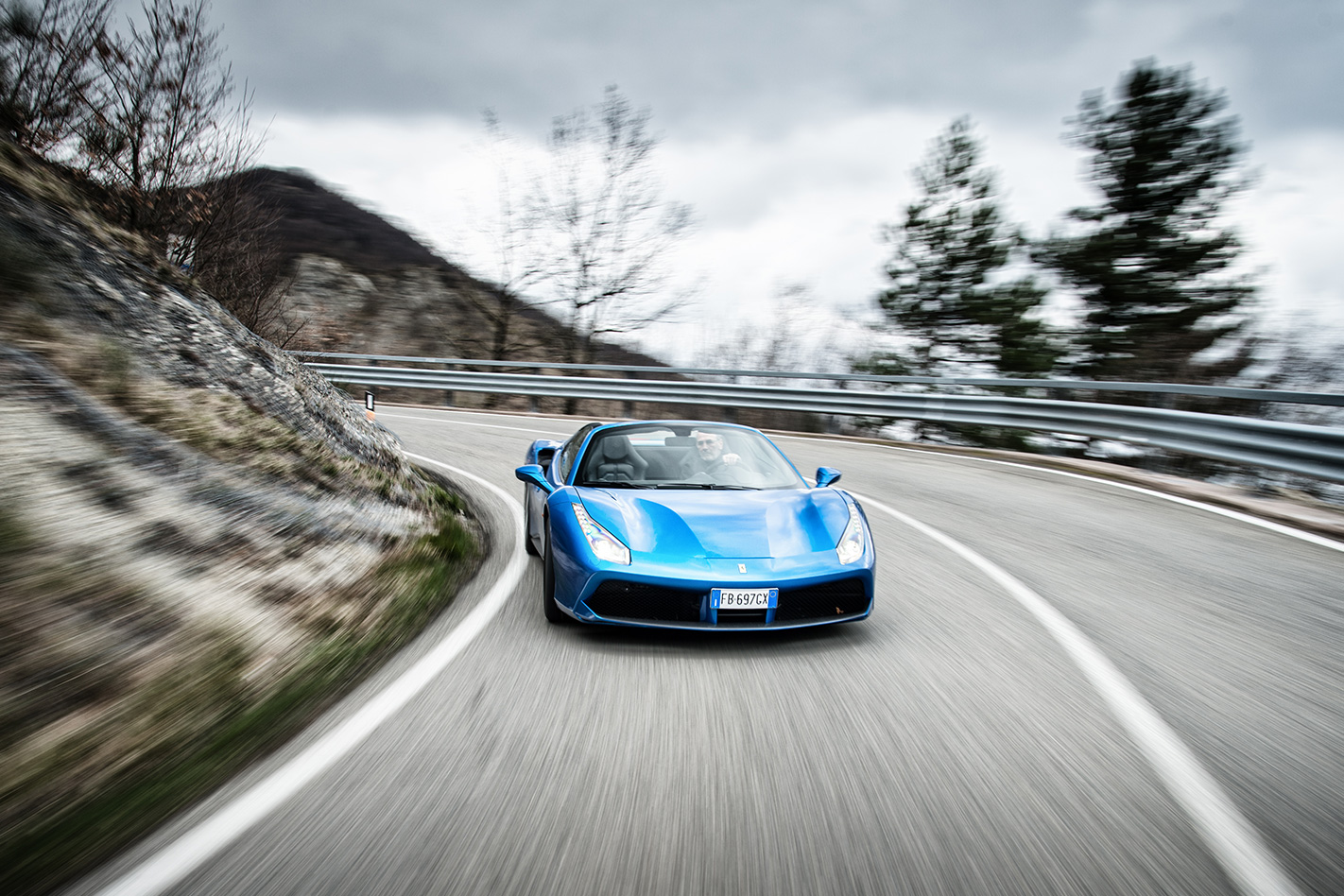
The manettino is on Sport, the setting for driving on dry public roads. But this doesn’t mean the 488 Spider won’t allow a little sideways attitude. This is a slight surprise because the Ferrari’s Michelin Pilot Super Sport tyres at first seem to have inexhaustible grip. The front-end bite of the 488 Spider is especially impressive, as is the sweet precision of the steering.
Then I notice the flashing from the dash, signalling frequent and frantic electronic activity as the Ferrari punches out of every corner. The fabulous finesse of the electronics means they don’t diminish driver enjoyment one little bit. Instead they encourage you to gradually lift the pace, to find out exactly where the stellar limits of this car’s handling lie.
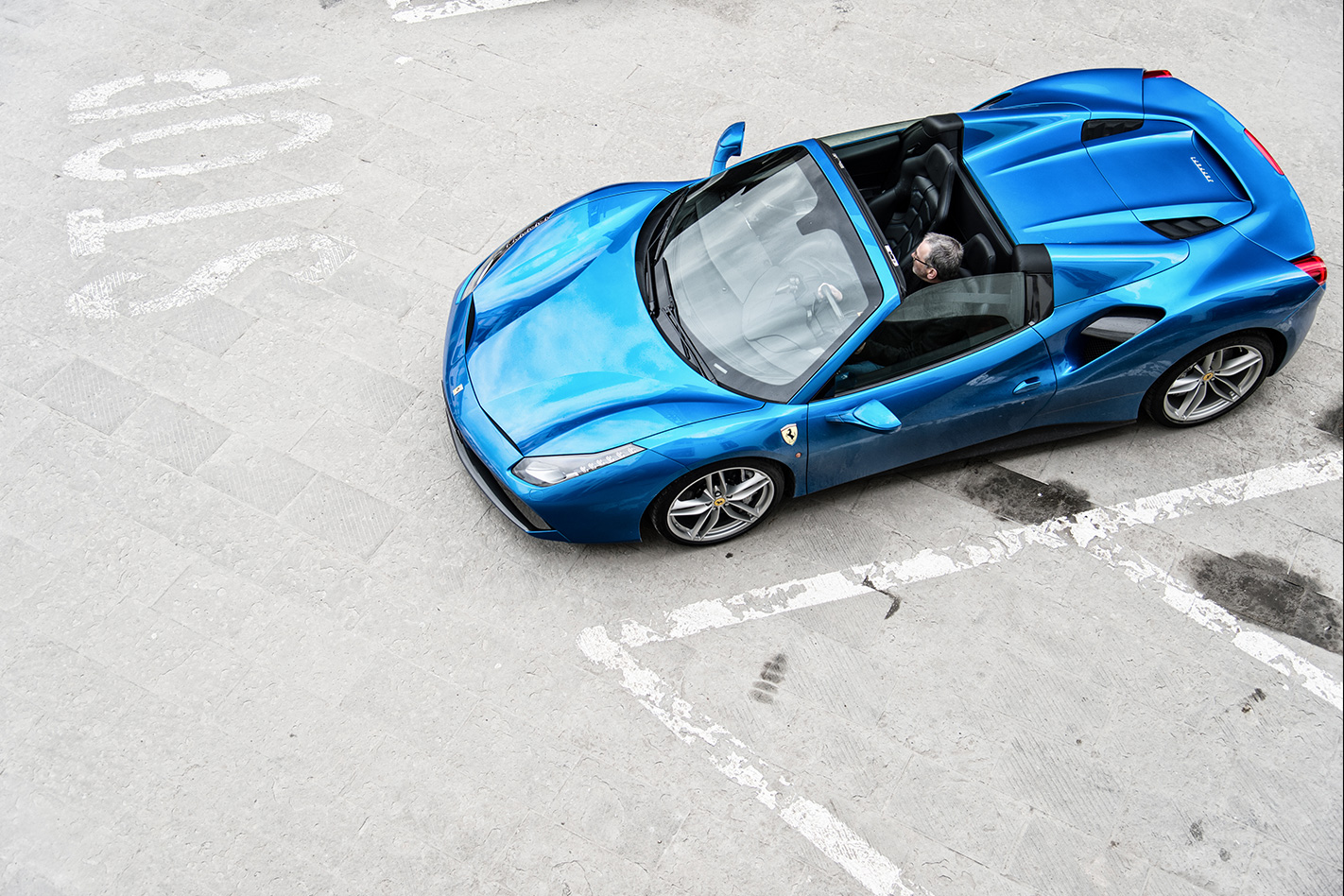
The Mille Miglia ran over the Futa going north, the opposite direction of racing on the Circuito del Mugello. Clemente Biondetti, memorialised here in bronze bas-relief, won the great road race four times – in 1938, then three times in a row from 1947 to 1949. His final two victories were in early Ferraris with small V12 engines in their snouts.
It’s the less storied Mugello race that’s now remembered up here, 903 metres above sea level. Stopping for a coffee at the Passo della Futa restaurant-bar-hotel, we meet Claudio Poletti. He makes the espressos, and notices our interest in the black-and-white photographs, mostly of old race cars, that almost cover the wall.
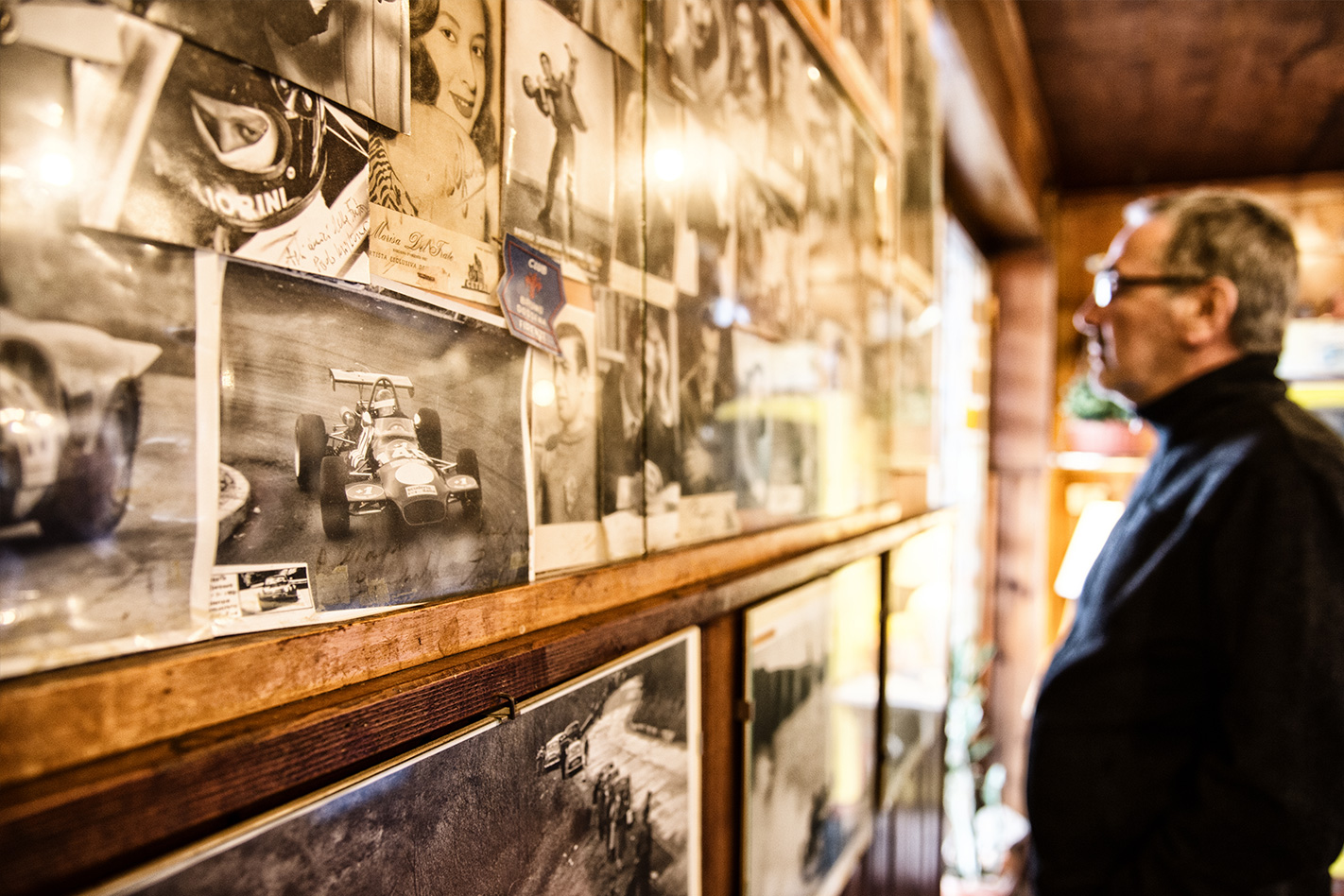
Yes, Vittorio Poletti remembers. Mugello racers stayed here for the race weekend and some would visit beforehand for unofficial testing. Look, that’s my father back then, Claudio says, pointing to a shot of two racing cyclists marooned among the cars on the wall opposite. Sure enough, one of them is a young Vittorio, proud pro rider for the Ignis team in the early 1960s, just before the 1964 renaissance of the Circuito del Mugello road race. The wiry frame and straight back of the 80-year-old version standing behind the bar proves riding the Giro d’Italia has definite health benefits.
Outside, high on the wall by the bar entrance, is a fresh plaque recording the Circuito del Mugello lap record. It was set in 1970 by Giovanni ‘Nanni’ Galli in a Lola. That time of 29min 36sec for 66km equals an incredible average speed of 134km/h. I’m awestruck.
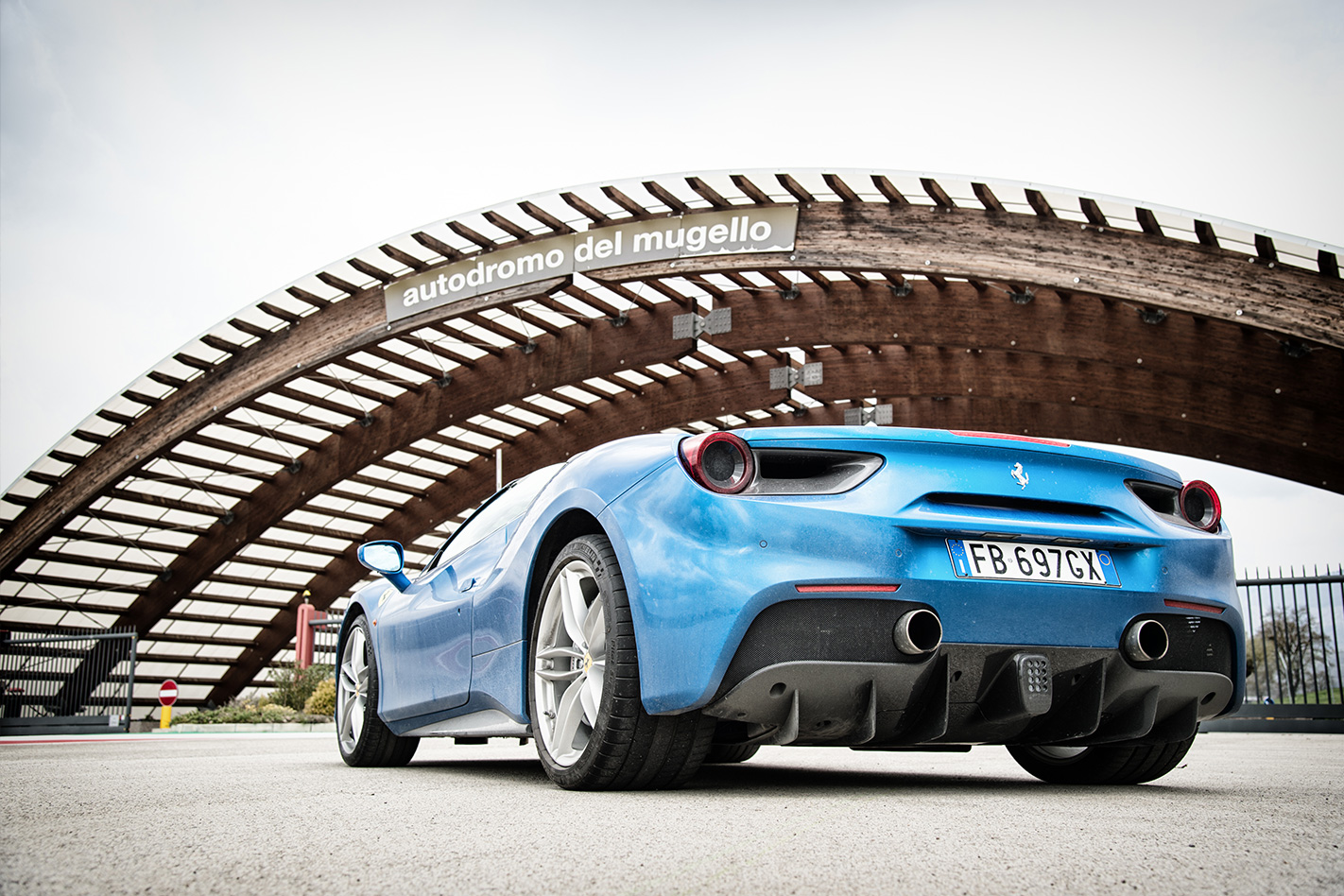
But heading for Scarperia, the nearby town that’s closest to the modern Autodromo del Mugello and where the road begins the climb towards the Giogo Pass, there’s a statue on the left. It’s not a brilliant example of the sculptor’s art, this figure of Emilio Materassi. He was a local driver who won the Circuito del Mugello road race three times in the 1920s, twice defeating a certain young man from Modena. He’s the kind of driver Enzo Ferrari yearned to be, and wasn’t.
Materassi died in a terrible accident during the 1928 Italian Grand Prix. His Talbot, the same low-slung car he’d driven to victory at Mugello that year, left the straight at Monza at high speed and flew into the crowd, killing more than 20 spectators. Today Materassi’s name is unknown, except to Italian motor racing history buffs and passing tourists who stop to look at his likeness. Ferrari, on the other hand, lived long and created a brand known the world over.
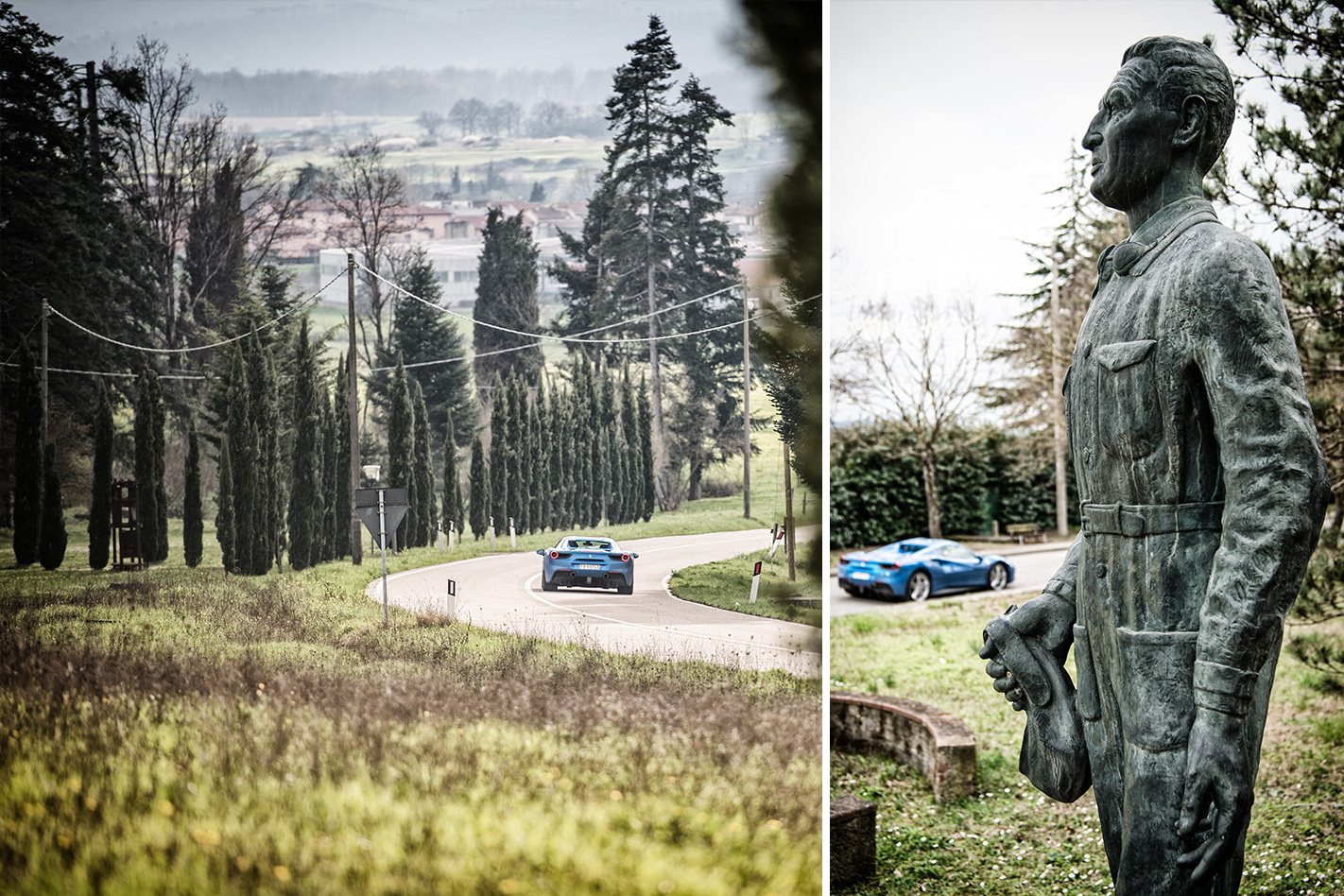
There’s light and time for another lap of the Circuito del Mugello…
